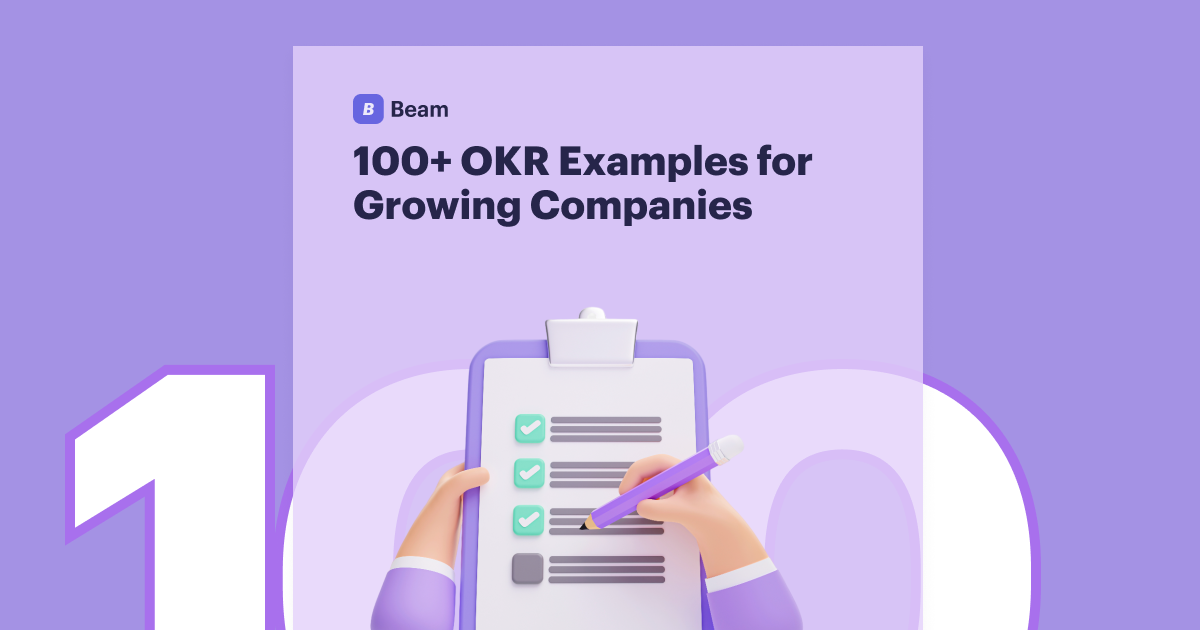Choosing Your First OKR Cycle (Cadence)
One of the foundational decisions in OKR implementation is defining your "cadence" – the frequency with which you'll set, review, and conclude your OKR cycles. The most common and highly recommended cadence is quarterly, but there are variations depending on your organization's needs.
Quarterly Cadence (3 Months): The Gold Standard
- Why it's popular:
- Agility: A three-month cycle is short enough to allow for rapid learning, adaptation, and course correction. If something isn't working, you're not locked into it for too long.
- Focus: It provides a clear, manageable timeframe to concentrate efforts on a few critical objectives.
- Motivation: The relatively short cycle keeps energy high and makes the finish line feel attainable.
- Learning: You get four opportunities a year to reflect, learn, and improve your OKR process.
- Best for: Most organizations, especially those new to OKRs, and those operating in dynamic environments. It provides the best balance between long-term vision and short-term agility.
Annual Cadence (1 Year): For Strategic Overviews
- Why it's used:
Long-term Vision: Ideal for high-level company objectives that require sustained effort over a longer period (e.g., market entry, major product development).- Stability: Provides a stable strategic direction.
- Stability: Provides a stable strategic direction.
- Considerations:
- Annual OKRs are often set for the entire organization, then broken down into supporting quarterly OKRs for departments and teams.
- Risk: Without shorter, supporting cycles, annual OKRs can lose relevance quickly if market conditions change, or they can become too abstract.
- Best for: Setting overarching company-level strategic OKRs that are then supported by more agile quarterly OKRs. Avoid using annual OKRs as the only cadence for teams or individuals, as they lack the necessary agility.
Other Cadences (e.g., Monthly, Bi-Annual):
- Monthly: Can be too frequent for many organizations, leading to OKR fatigue and less time for actual execution. Best for very fast-paced, small teams with extremely short feedback loops.
- Bi-Annual (6 Months): Less common. Can be a compromise, but often loses some of the agility benefits of quarterly cycles.
Recommendation: For your first implementation, start with a quarterly OKR cadence. This allows your organization to quickly learn and adapt to the framework. You can then layer in annual company OKRs once the quarterly rhythm is established.
Up Next
Start Over - Chapter 1
Chapter 9
Chapter 8
Chapter 7
Chapter 6
Chapter 5
Chapter 4
Chapter 3
Chapter 2

More OKR Resources

100+ OKR Examples
How do you create compelling presentations that wow your colleagues and impress your managers?
Check out examples

Free Feedback Framework Template
Linear helps streamline software projects, sprints, tasks, and bug tracking. Here’s how to get started.
Download free template




